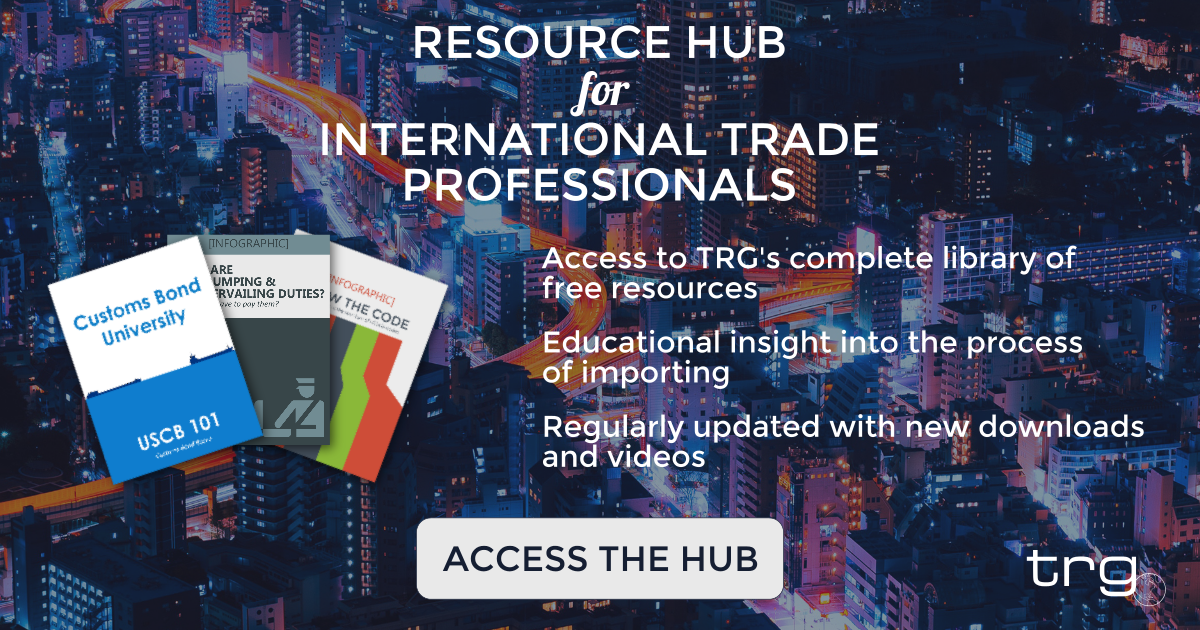In a panel at the 2024 FDRA conference, Travis Smith discusses the future of trade in 2025 and what we can learn from the past.
In September of 2024, TRG attended the Shoe Trade & Logistics Strategy Summit hosted by Footwear Distributors of America (FDRA) in Portland, Oregon. During the one day summit, TRG’s President, Travis Smith, took part in a panel discussion about the future of international trade in 2025. This discussion centered around reflecting on the lessons that can be learned from the past and applying them to the future while looking for the silver lining in all the chaos.
The other panelists were Quinn O’Rourke, Director of Compliance and Logistics at LaCrosse Footwear, Christopher Scalisi, National Account Executive at Farrow, and Leslie Levy August, Chief Marketing Officer at KYG Trade.
Watch the videos below to hear Travis’ thoughts on the different questions he answered during the panel.
What is a Silver Lining in International Trade?
In his answer, Travis discusses how the difficulties the trade industry has faced in the past few years can help importing businesses prepare for the future. He suggests looking back at pain points your company faced since as early as 2018. In doing so, you can identify efficiencies that can be put in place to prepare for future possibilities and determine how your service providers may be able to handle the future changes coming.
When determining how your service providers will be able to handle the uncertainty of trade in 2025, you can start by taking a look at their core business. What is the core service that provider offers and how do they support that core? What we saw throughout the past few years was that when the road got rocky in international trade, companies went back to focus on their core business and began to put less resources toward their ancillary services.
What are Some of the Lessons Learned During the Trade War and Pandemic?
One pain point we saw an overwhelming number of importers have to deal with throughout the trade war was having their U.S. Customs bond deemed insufficient and having to increase their bond size in a relatively short time period. This timeframe gets even shorter when you consider the fact that correspondence from U.S. Customs and Border Protection is sent out via the U.S. Postal Service. Therefore, by the time you receive the insufficiency letter, the countdown has already begun on how long you have to get a new bond in place.
However, if you have a bond provider that is monitoring your bond sufficiency, they can send you notification electronically when your bond has reach 100% or over capacity. In the case of TRG, we notify our customers as their bond approaches 100% so that they can look into increasing their bond before CBP has even sent out a notice. At TRG, we also offer a reporting system, Eagle Eye ACE, where our importers can see their import data and keep track of their bond sufficiency.
You can learn more about bond sufficiency in the past blog posts listed below:
- How Increased Tariffs Impact Your U.S. Customs Bonds
- Number of Insufficient Customs Bonds in 2019
- A Breakdown of a Customs Bond Insufficiency Letter
- 3 Reasons U.S. Customs Bonds Are Deemed Insufficient
What Advice Do You Have for International Trade in 2025?
The biggest advice here is to think creatively and collaborate within your company and with your service providers. Talk to your teams internally to keep them motivated and get them ready for potentially big changes coming their way. At the same time, encourage them to speak up about any creative solutions they might have.
When it comes to your service providers, now is the time to really take a deeper look at them and how your working relationship has gone in the past. When the going got rough, were they prepared to help? Is there a creative way they can provide additional support? Now is the time to think about things differently and see if there is an opportunity to get more out of the providers you currently have.






![[Webinar] How Could Changes to De Minimis Impact Your Company?](https://traderiskguaranty.com/trgpeak/wp-content/uploads/2025/05/trg-how-de-minimis-impacts-customs-bond-webinar-400x250.png)
